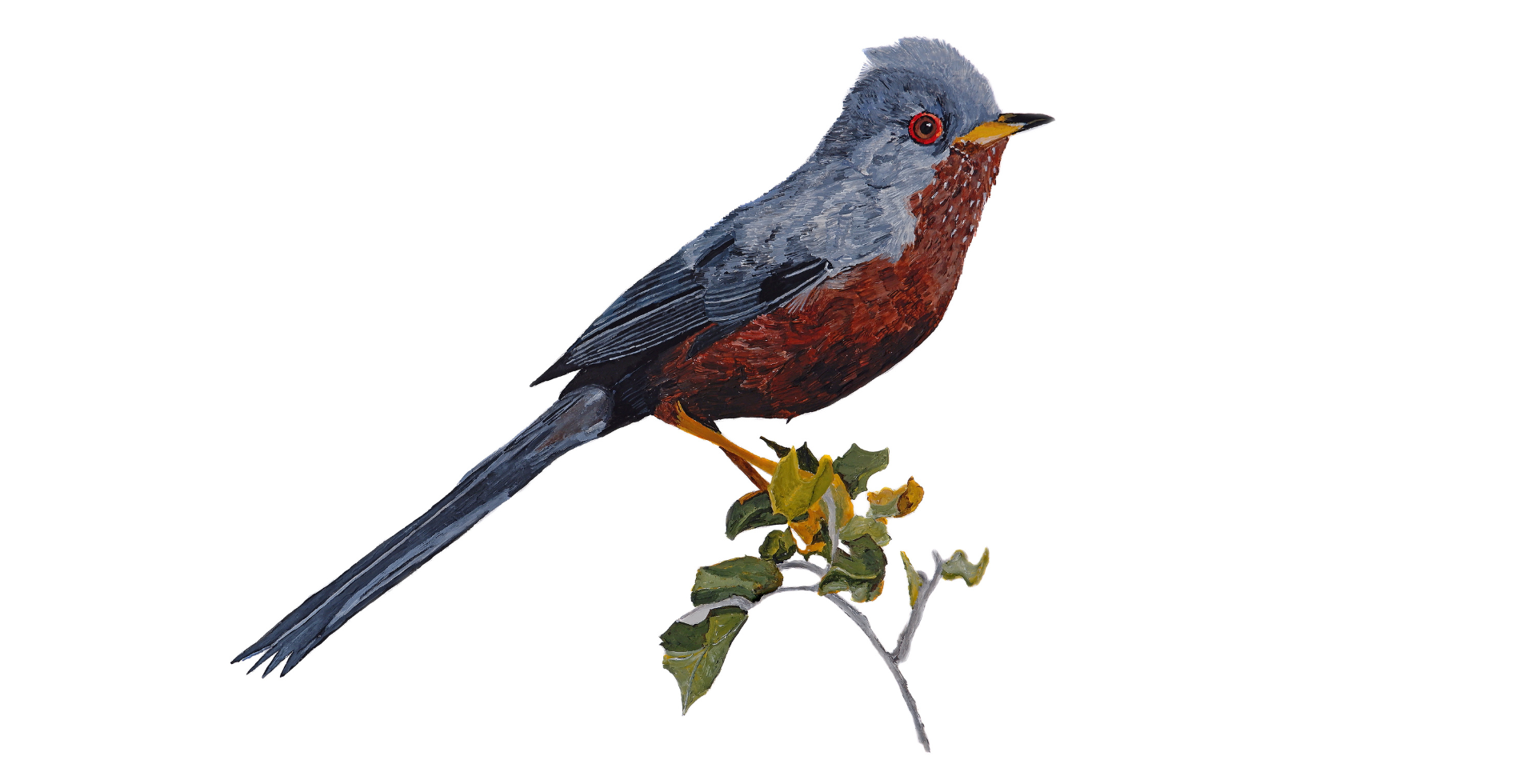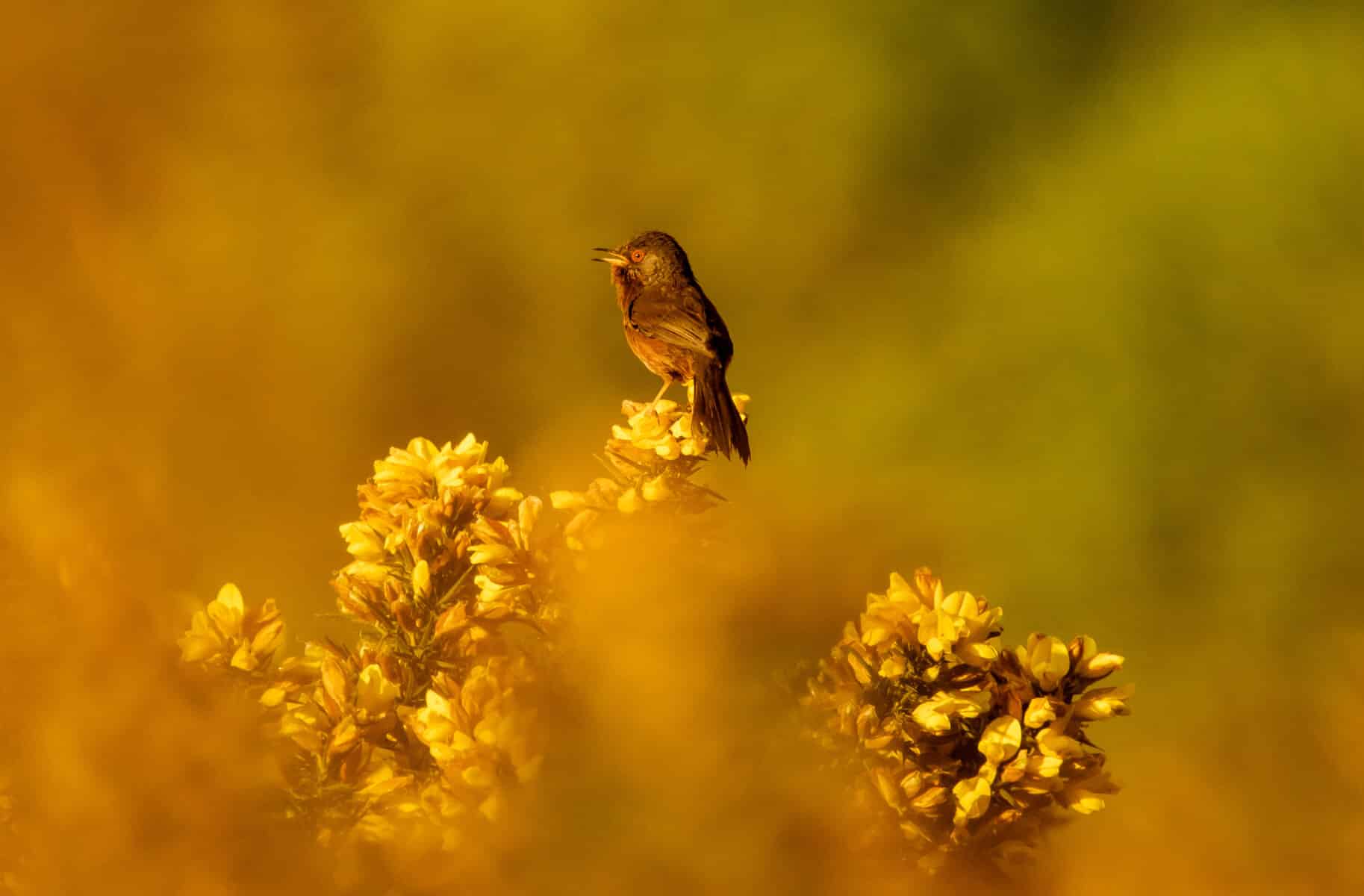What is a Dartford Warbler?
The Dartford warbler is an important heathland indicator species because it depends completely on mature, dry heath habitats. Gorse that is in good condition is particularly important for its winter survival. This small, brown bird has a long tail, a distinctive red eye-ring and a cherry-red breast. The male has a dirty white patch in the centre of the belly. It is most often spotted warbling its scratchy, rambling song from the top of a gorse stem.
Why is the Dartford Warbler important to the Surrey Hills?
The UK supports internationally important numbers of Dartford warbler and 10% of the national population occurs in Surrey. When the UK’s breeding population of Dartford warblers crashed in the 1960s, only 10 pairs remained but today around 3,200 pairs nest on our lowland heaths and its population continues to increase. The UK population may become increasingly important as projections indicate that by 2080, more than 60% of the current European range may no longer be suitable3. It is protected by the Wildlife and Countryside Act (1981) and its UK conservation status is Amber.



